From Health Lab: Additional testing can improve kidney cancer diagnosis
By Anastazia Hartman | October 30Additional testing can improve kidney cancer diagnosis
Findings suggest further investigation of FISH-negative tests for renal cell carcinoma could lead to more accurate diagnosis
By Anna Megdell
 A study from the University of Michigan Health Rogel Cancer Center and Department of Pathology shows that further testing in renal cell carcinoma with an overexpression of gene TRIM63 could uncover a mutation otherwise undetected, leading to more treatment options for patients.
A study from the University of Michigan Health Rogel Cancer Center and Department of Pathology shows that further testing in renal cell carcinoma with an overexpression of gene TRIM63 could uncover a mutation otherwise undetected, leading to more treatment options for patients.
The findings were published in Modern Pathology.
Microphthalmia-associated transcription factor renal cell carcinoma (MiTF RCC) is typically diagnosed through a fluorescent in situ hybridization (FISH) test, which is used to detect the presence of certain DNA sequences and genetic alterations such as TFE3 and TFEB.
The test uses fluorescent probes that bind to specific parts of the chromosomes and illuminate the genome.
FISH assays to detect TFE3 and TFEB gene rearrangement are considered the gold standard for diagnosis of MiTF RCC and are available readily at U-M.
But FISH assays can lead to false-negative results, potentially limiting beneficial clinical therapies, like clinical trials, for patients.
Rohit Mehra, M.D., Godfrey Dorr Stobbe Research Professor of Translational Pathology, noticed that some of the FISH-negative renal cell carcinomas, indicating they were negative for MiTF, still had suspicious biomarkers, which prompted curiosity about the underlying gene expression.
Upon further examination, Mehra and his team at the Michigan Center for Translational Pathology observed that some of those cases had an overexpression of gene TRIM63 despite the negative FISH test.
TRIM63 was already understood to be overexpressed in patients with MiTF RCC and has been used as a clinical biomarker at U-M for over 2 years.
But the connection between TRIM63 and FISH-negative assays hadn’t been investigated.
“Based on these observations, we hypothesized that TRIM63 positivity could aid in diagnosing cases that are negative by conventional FISH assays but remain morphologically suspicious, representing an unmet clinical need in this area,” said Mehra.
Using additional genomic testing, his team found 20 cases where tumors were positive for TRIM63 on a biomarker level, but FISH negative.
“Of those cases, TRIM63 positive and FISH negative, 70% ended up having MiTF gene rearrangement,” Mehra explained.
This indicates that further testing of FISH-negative assays could lead to more definitive and accurate diagnoses of potentially aggressive disease.
This study builds on previous Genitourinary esoteric clinical assay work conceptualized by Jeffrey Myers, M.D., and Arul Chinnaiyan, M.D., Ph.D.
Additional authors: Rahul Mannan, Ying-Bei Chen, Xiaoming Wang, Yuping Zhan, Noshad Hosseini, Ankur R Sangoi, Andres Acosta, Sean R Williamson, Somnath Mahapatra, Anya K Chinnaiyan, Jing Hu, Ulka Vaishampayan, Lina Shao, Bryan L Betz, Annette S Kim, Xuhong Cao, Fengyun Su, Rui Wang, Pedram Argan, Noah Brown, Satish K Tickoo, Arul M Chinnaiyan, Victor E Reuter, Saravana M Dhanasekara
Paper cited: “TRIM63 Overexpression in FISH-Negative MiTF Family Altered Renal Cell Carcinoma (MiTF RCC),” Modern Pathology. DOI: 10.1016/j.modpat.2025.100873
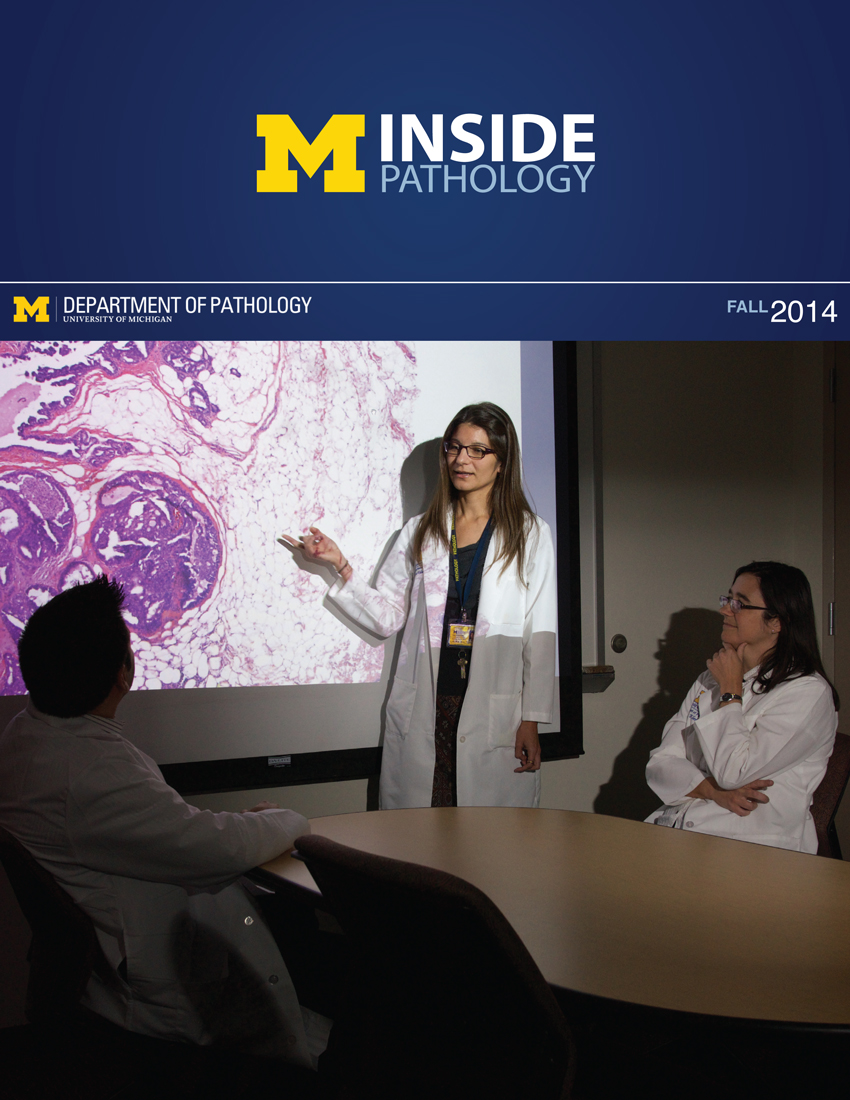 ON THE COVER
ON THE COVER
 ON THE COVER
ON THE COVER
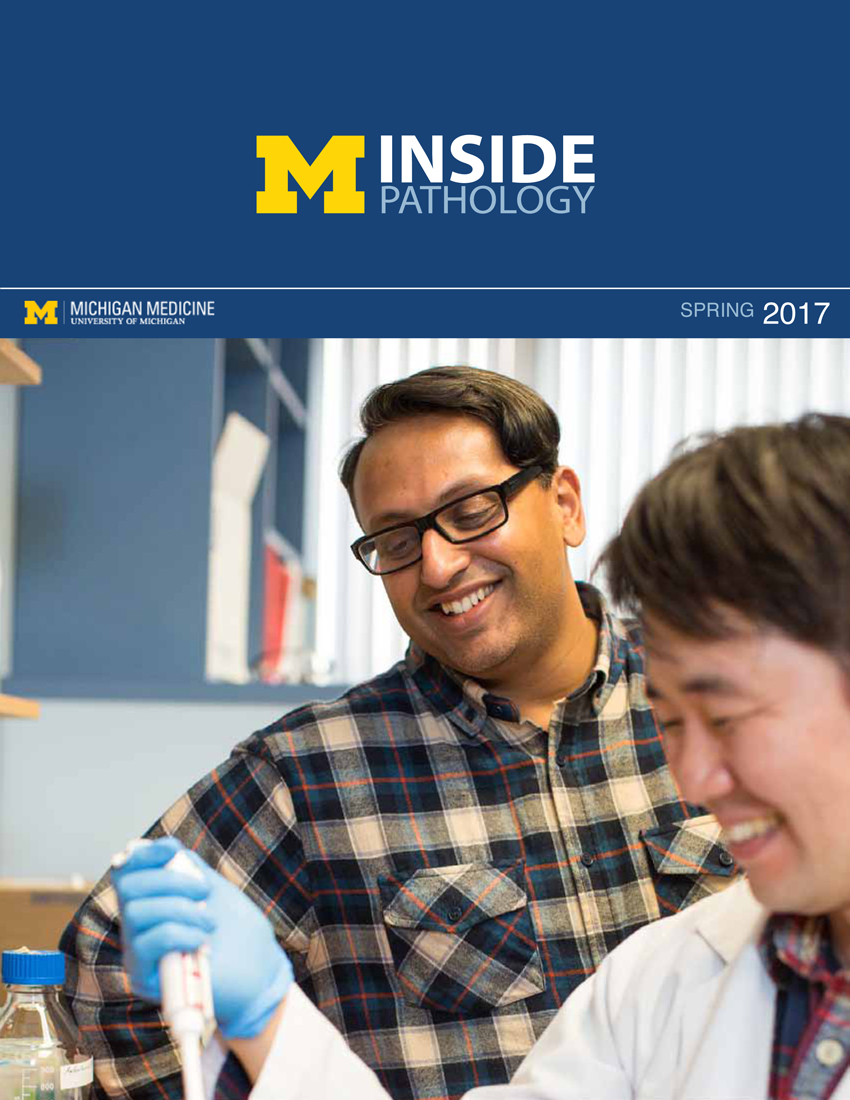 ON THE COVER
ON THE COVER
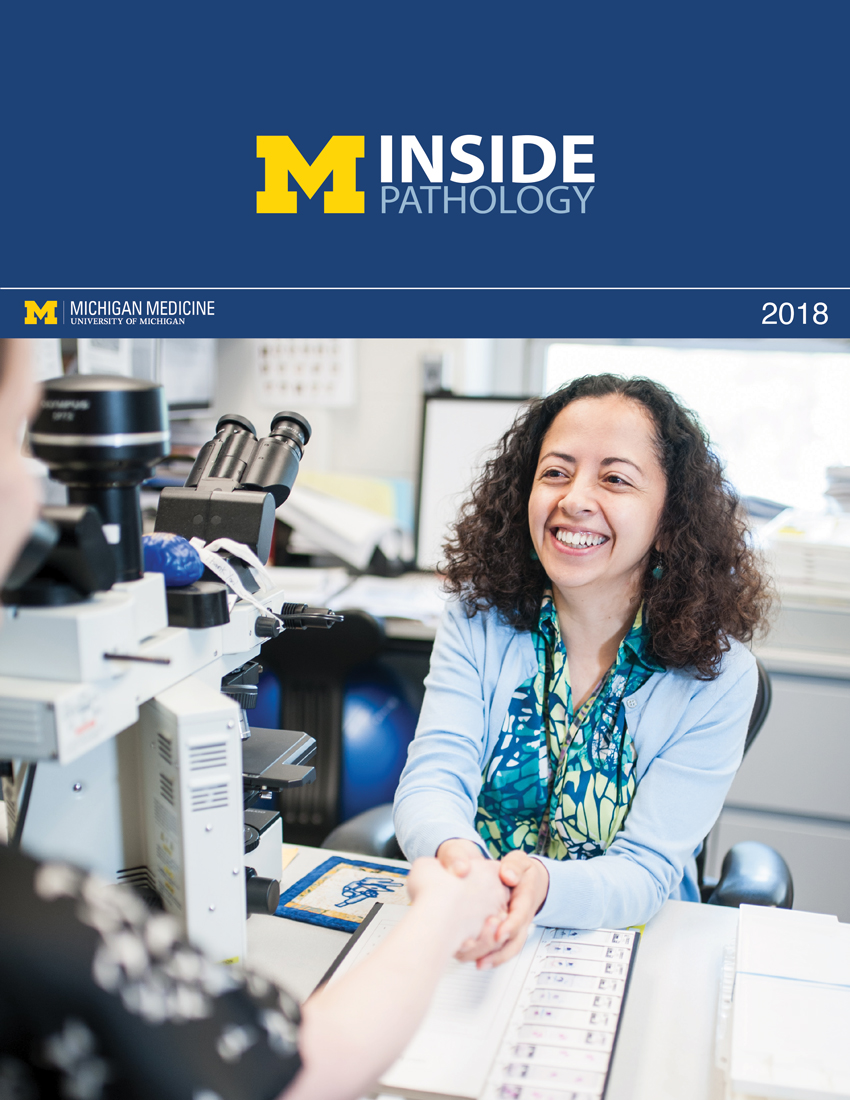 ON THE COVER
ON THE COVER
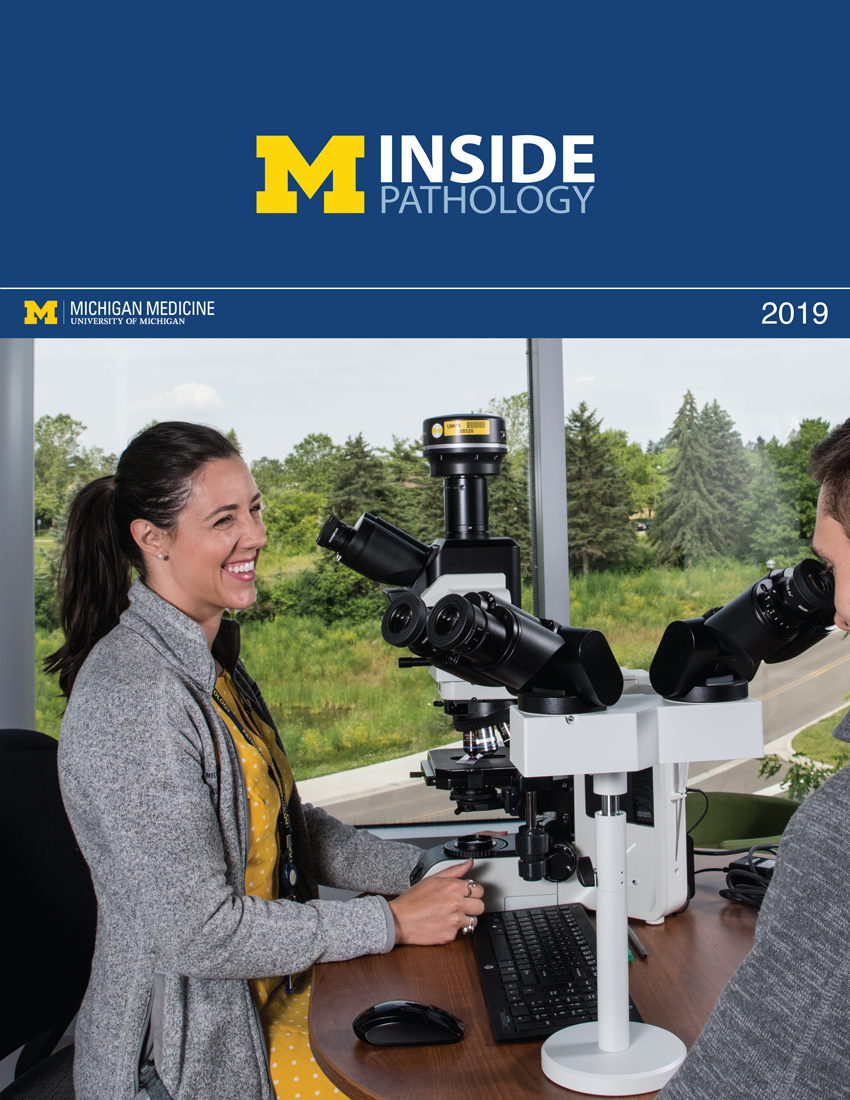 ON THE COVER
ON THE COVER
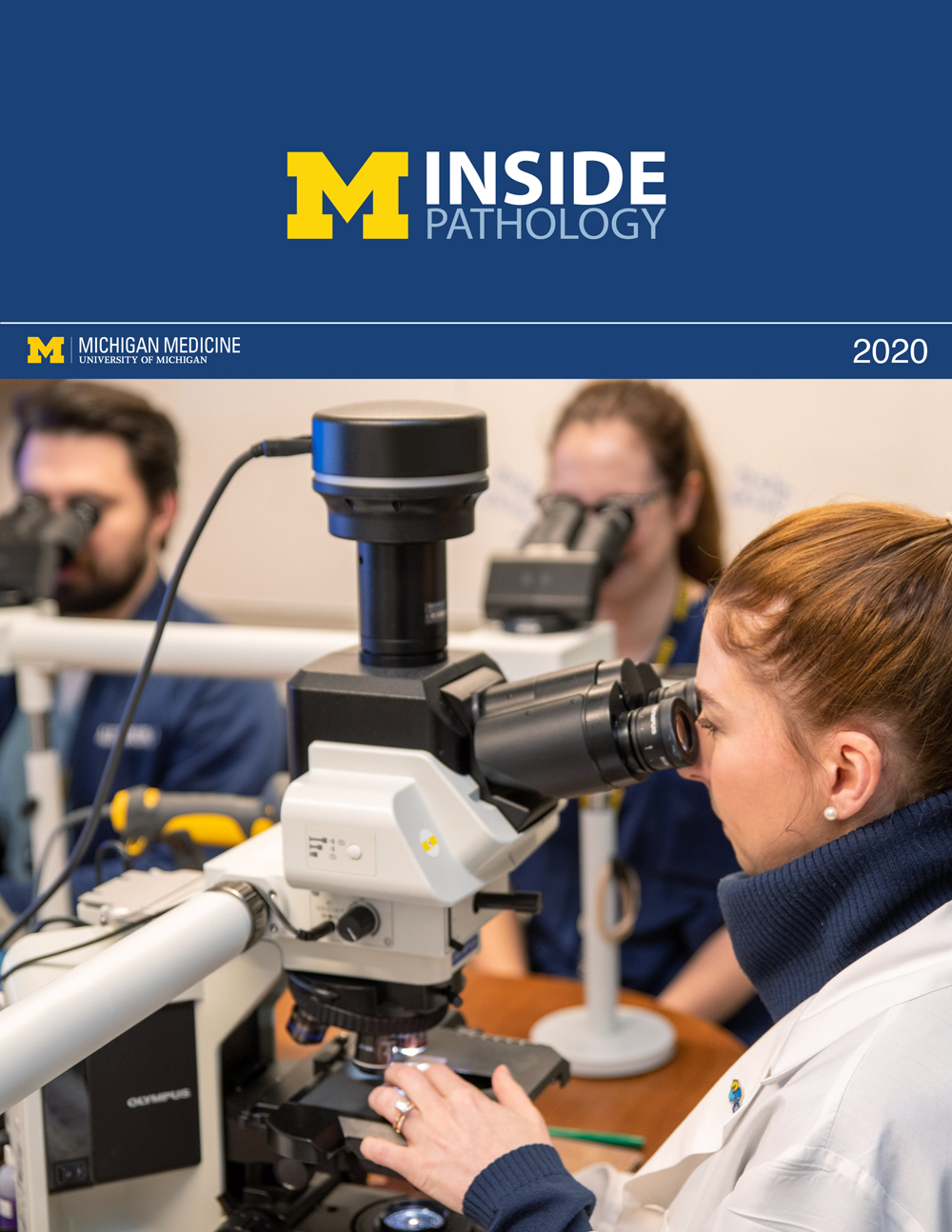 ON THE COVER
ON THE COVER
 ON THE COVER
ON THE COVER
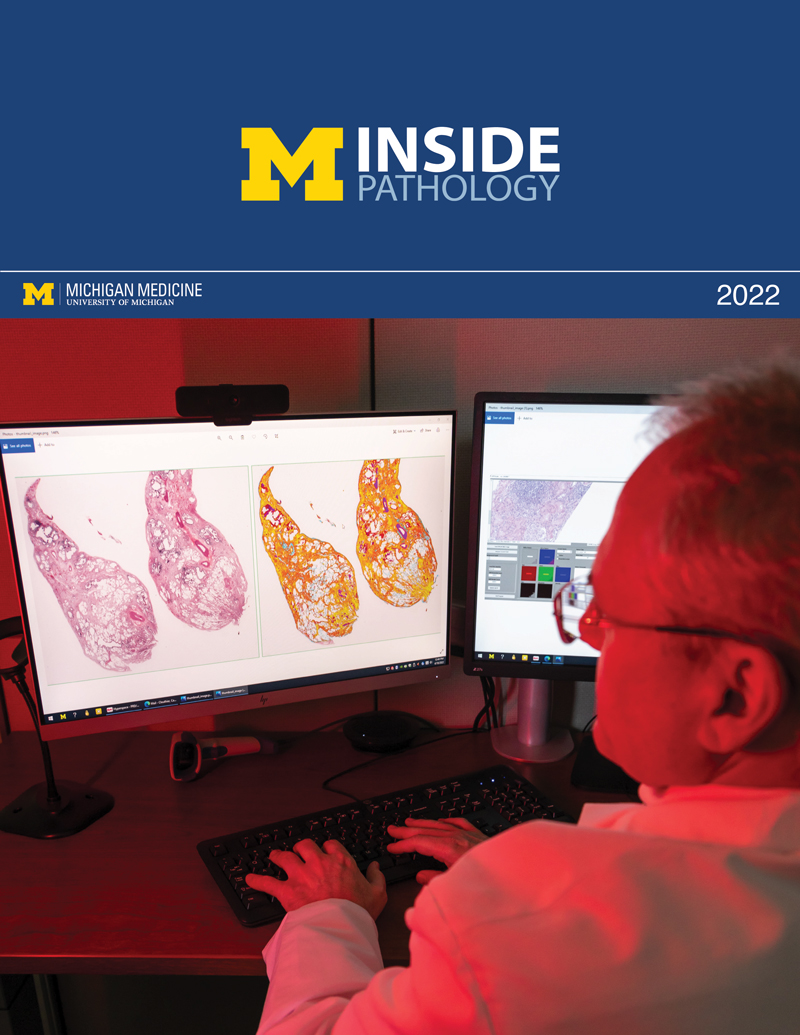 ON THE COVER
ON THE COVER
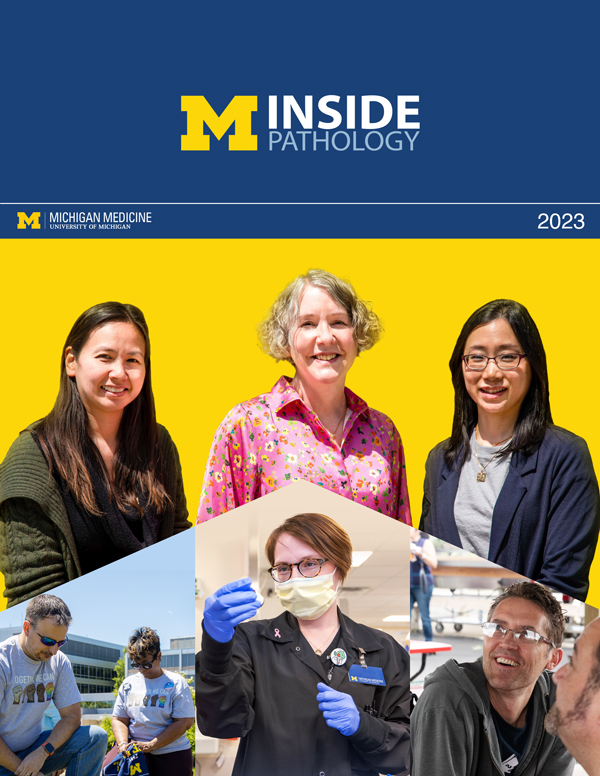 ON THE COVER
ON THE COVER
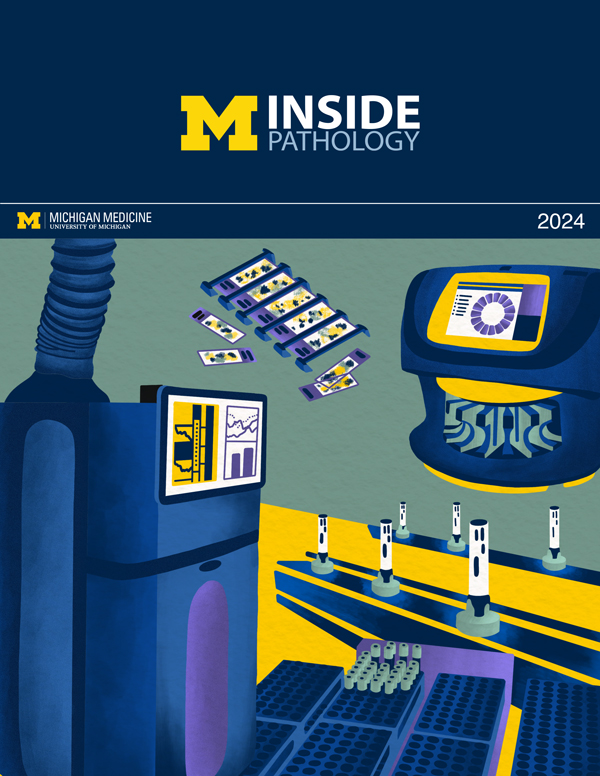 ON THE COVER
ON THE COVER
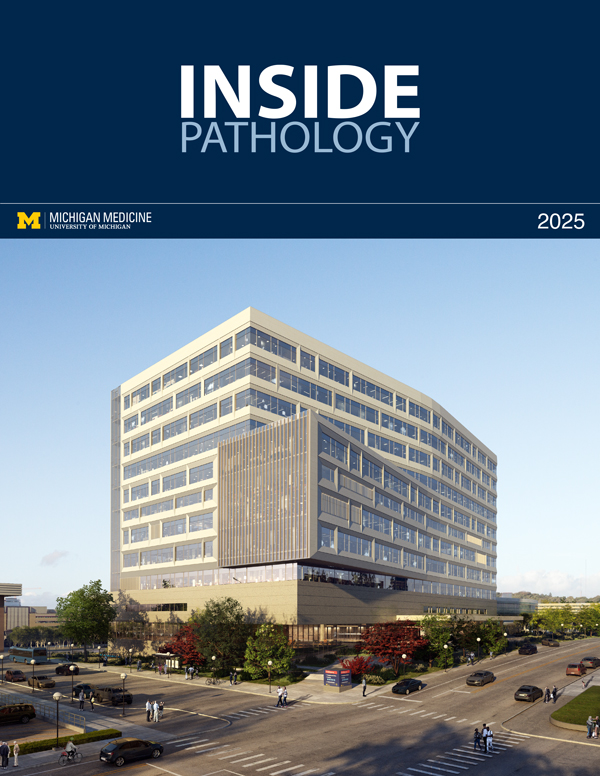 ON THE COVER
ON THE COVER
